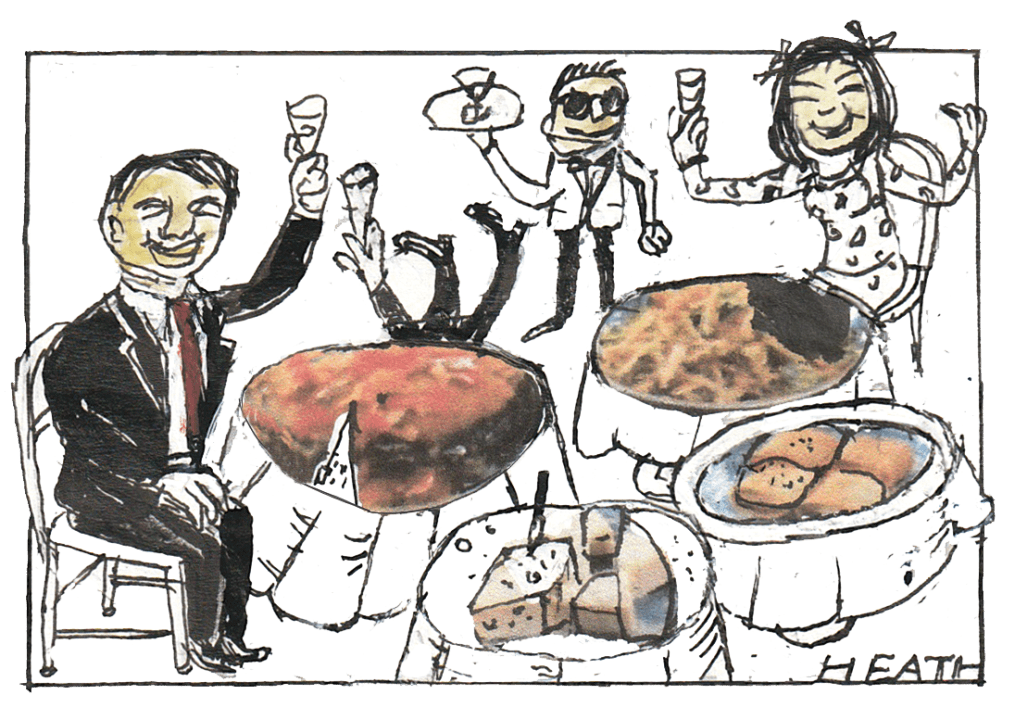
When heading to China on a business trip, I was somewhat bemused to be warned about the banquets I would be attending. Do not sit next to the host, I was told. I was to find out why.
Learning the rituals of banquets is an essential part of doing business in China. I was treated to at least one every day on a ten-day trip around the country – and sometimes two or three. There is no such thing as a casual business lunch. Any meal will turn into a semi-formal event held in a private room and hosted by the most senior person in the organisation.
The meal starts slowly, with a few rather unappealing cold dishes laid out on a spinner that sits on a round table, though initially no one sits down. The host will welcome everyone and dominate the conversation, mostly talking in Chinese to his or her colleagues. Then suddenly, without any overt signal, everyone sits down.
Drinks are offered, usually in the form of a tiny glass and a small jug filled with a transparent liquid. A second warning: go slowly because this is rice wine, which can be 50 per cent alcohol. The custom is then for all to clink glasses and down the first round.
Meanwhile, other more appetising dishes appear, sometimes so numerous that the staff struggle to squeeze them on to the round spinner. This gets more and more of a problem as no dish seems ever to be finished. That’s partly because there is always far too much food, but also because empty dishes are likely to be instantly refilled.
No one seems to order the food. It just arrives, either because there is a secret menu or it has been organised beforehand. The dishes are varied but first you need to understand the drinking process, which continues throughout the meal. After the initial drink or so, people get up at random intervals and walk over to another guest, welcome each other and clink glasses. This goes on throughout the meal, with people making sure they have greeted every other guest at least once and usually several times. Being able to hold your drink – and chopsticks – are considered impressive feats.
The fare ranges from cold meats and plain vegetables to every possible combination of meat, fish, tofu and seafood in sauces from the bland to almost vindaloo-hot.
Here’s where the seating advice comes in. If you sit next to the host, they will ply you with portions of every dish, however obscure. It was the sea snails I found the hardest to stomach. I had seen them alive in the restaurant entrance, finger-sized slugs with a disconcertingly human-looking mouth, their only organ apart from an anus, struggling to breathe in a bowl of water.
Away from the host, you can ignore the more exotic dishes and concentrate on the fabulous ones that suit your taste. These seem never to stop coming, so eat slowly and leave room for more. Just as you are flagging, out comes the pièce de résistance, often a whole fish in a lavish sauce. Finally the dumplings arrive, familiar to dim sum diners but tastier. There may then be a small bowl of rice, though not always, and to round off, a small fruity dessert or just pieces of fruit, but puddings do not seem to be a common feature and I never saw a lychee. Nevertheless, no one ever leaves hungry.








Comments